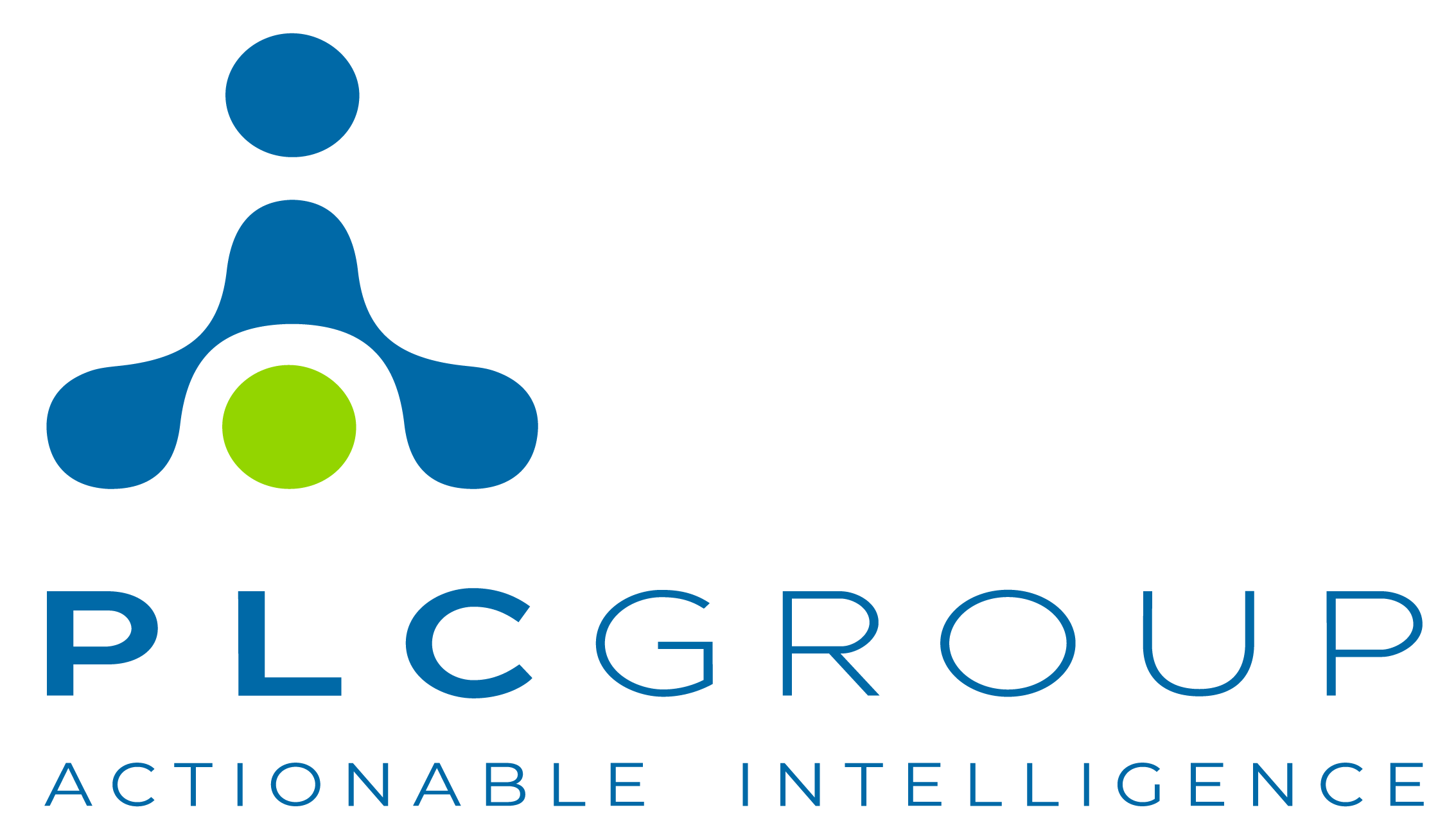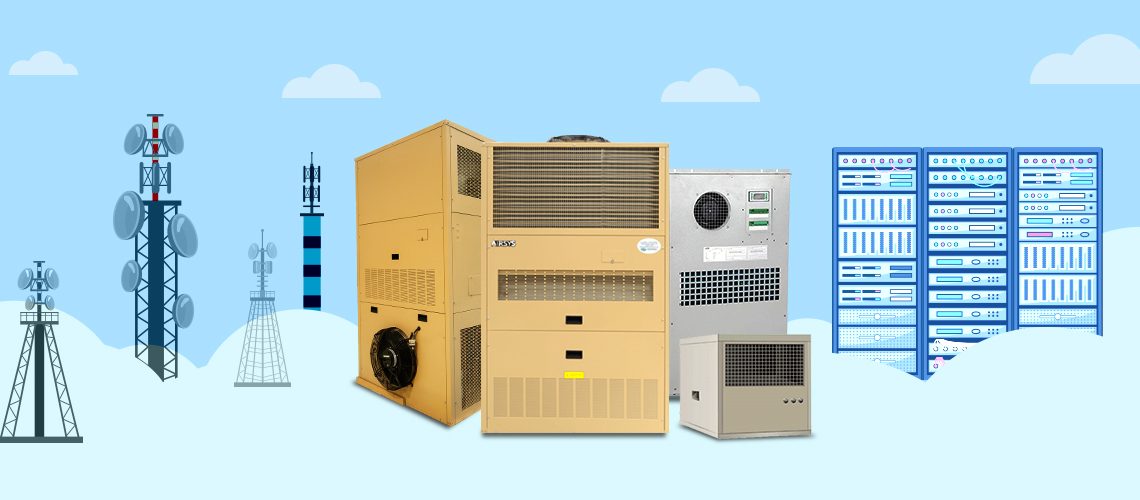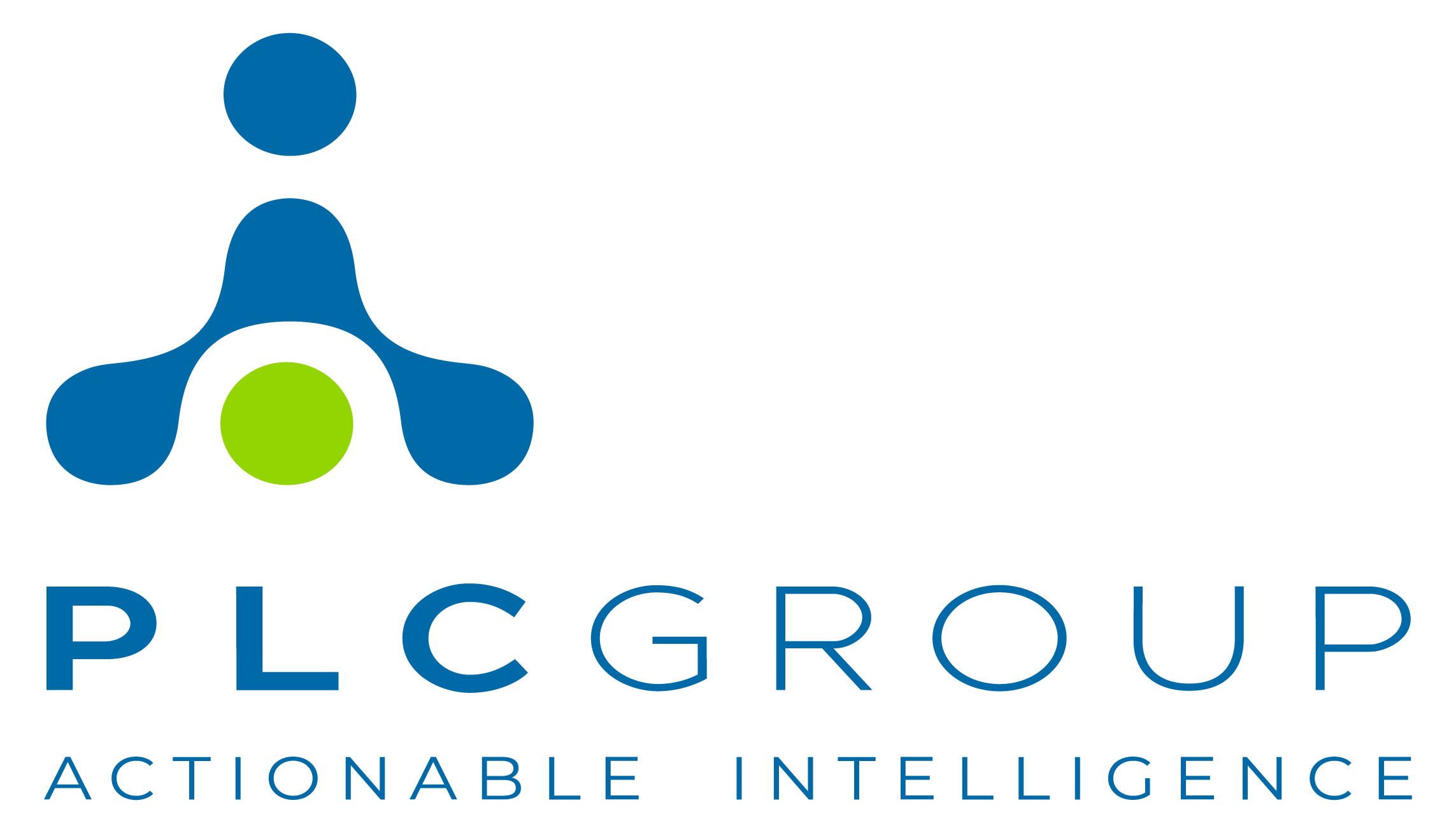Telecommunications networks and data centres operate 24/7 to assure reliable and secure transfer of information which requires a huge amount of energy, that gets wasted in the form of heat rather than being used for data transfer. Further, maintenance of optimal temperature is critical for ensuring maximum device efficiency. Due to these factors, Heating, Ventilation and Air Conditioning (HVAC) systems form an integral part of data centres and telecom companies.
HVAC systems also require energy which may increase the carbon footprint considerably. Also, conventional HVAC units require regular maintenance for satisfactory working. This accounts for significant financial expenditure. However, recent developments in the technological field can help in reducing CAPEX and OPEX, while minimizing the emission of harmful gases.
PLC’s Cooling as a Service (CaaS)
PLC, in conjunction with AIRSYS, offers a wide range of information and communication technology cooling systems. This includes wall-mounted HVACs, free air-cooling units, cabinet cooling units, and computer room air conditioners. These units are innovatively designed to operate at maximum efficiency with minimal power consumption.
PLC’s CaaS model is flexible, highly adaptable, and can be scaled to best suit the requirement. It facilitates the upgrade of existing cooling systems with zero capital investment. CaaS model integrates many agile technologies like IoT, AI, ML, and Data Analytics to render state-of-art performance. It employs smart sensors at various nodes to collect precise operational parameters like IT loading, cooling consumption, and others. This vast real-time information can then be rigorously analyzed to define data patterns.
How is it Beneficial?
PLC’s Actionable Intelligence provides real-time analysis and predictive maintenance in the form of quick corrective actions. Increased visibility supplemented with artificial intelligence help in achieving these goals automatically, with minimal or no human intervention.
Through CaaS, telecom industries and data centres can minimize their energy requirements by driving their equipment at maximum efficiency. Such an optimized network enhances customer satisfaction by offering long-term reliability with minimal downtimes. CaaS also offers financial benefits for service providers like increased Return-on-Investment (ROI) and reduced capital/operational expenditure. Further, CaaS offers the flexibility to pay only for the IT load cooling consumption, a feature that is irrelevant in the conventional mode of operation. Additionally, through CaaS, the service providers get rewarded with a cashback for their existing cooling systems.
The CaaS model allows service providers to reach their goals in reducing their carbon emissions. This helps the telecom and data centres to be compliant with government laws, avoiding high penalties. Furthermore, it increases their reputation as they will be fulfilling their social responsibility of being environment friendly.
A leading telecom operator that deployed PLC’s CaaS model experienced a reduction of 35% in their operational cost. They not only received $60K cashback for their existing cooling assets but is also predicted to experience total savings of $1.1 million over 10 years with zero additional capital expenditure.
Conclusion
Reduction of total cost of ownership in telecom and data centre facilities can be effectively met by implementing the CaaS model. Enhanced visibility, real-time monitoring, predictive maintenance, and other features of this innovative service prove to be beneficial with respect to both financial as well as performance aspects.


